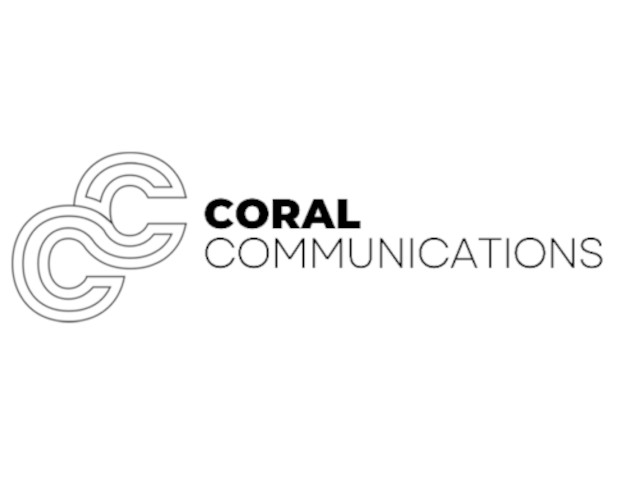By Aurelie Kashama, Junior Account Manager at Coral Communications
Meta is shaking things up again, this time by putting fact-checking in the hands of the public. This is a huge shift in the digital landscape. Instead of relying on professional fact-checkers, Meta is testing “Community Notes”, a system where users can collaboratively flag and annotate misleading content. This is a move that could reshape how brands navigate online narratives, but it raises an important question: Will this make the internet more transparent or more chaotic? We may be witnessing the dawn of a new era in content moderation, or a downfall into crowd-sourced “truth”.
Imagine your organisation’s carefully crafted communications, and curated brand messaging, suddenly subject to the scrutiny and annotation of the online masses. Community Notes, in practice, introduces a level of unpredictability that could leave even the most seasoned communications scrambling. For years, Meta’s fact- checking system relied on partnerships with independent organisation to identify and control misinformation. But this centralised approach has faced criticism – some saw it as biased, while others felt it was too slow. Community Notes are fast, scalable, and according to Meta, more democratic. Essentially, it democratizes the process of determining accuracy and context.
The most obvious catch is: public fact-checking isn’t perfect. X implemented a similar system, aimed at controlling misinformation, hate speech, and other harmful content. And while it occasionally highlights misinformation effectively, it has also been misused, with conflicting interpretations. Traditionally, organisations relied on fact-checkers responsible for verifying the accuracy of shared content. However, with Meta’s new approach, the reliance on elite fact-checking teams is being challenged by a community-driven model. This model is allowing users to weigh in on the accuracy of posts, transforming the role of the audience from passive consumers to active participants. So, what will this mean for businesses and organisations that communicate online?
How this Impacts your Organisation’s Communications
If a post has been flagged as misinformation, brands could engage with fact checkers to provide clarity or context. With Community Notes, the power shifts to users – who may or may not fully understand the nuances of your message. Your brand could be fact-checked by the public opinion, for better or worse.
The speed at which content spreads online is both a blessing and a curse. A single misinterpreted statement could lead to a wave of public annotations, influencing how your brand is perceived. Even if your message is later clarified, first impressions online are often lasting.
With a more volatile content moderation landscape, brands need to ger ahead of potential misinterpretation before they happen. Clear messaging, well-researched content, and real-time monitoring of discussions around your brand will be more important than ever.
Traditional model of relying on established fact-checkers, while imperfect, provided a degree of predictability. Organisations could anticipate potential challenges and prepare responses. Community notes, however, throws a wrench into that predictability. It introduces a wild card, a variable that could amplify both accurate information and harmful distortions.
The implications extend beyond brand reputation. There is a potential for amplified echo chambers. If people mostly interact with notes that support what they already believe, Community Notes could make this division even worse. Malicious actors could exploit the system to spread disinformation and damage reputations. There is a potential for algorithms to favour popular opinions over factual accuracy.
For brands and organisations, this means a fundamental rethink of communication strategies. It is no longer enough to simply publish content and hope for the best. Brands need to actively monitor conversations about your brand, keep track of how your content is being annotated, and step in when needed to clear up misunderstandings. Engaging with their audiences early, before misinformation spreads, can make all the difference. The stronger and more transparent the relationship with the community is, the better equipped they’ll be handling potential misinformation.
It’s also important for them to ensure that any claims their organisation makes are backed by verifiable sources to reduce the likelihood of being flagged. And because we can’t predict how users will interpret your content, having a plan in place for handling misleading or negative annotations is key
The Bottom Line
Community-driven moderation is a double-edged sword – it offers more transparency and accountability but also opens the door to more confusion and even manipulation. The brands that will thrive in this new environment are the ones that adapt, stay proactive, and embrace the challenge of navigating an unpredictable digital world. The digital landscape is evolving, and the ability to adapt will define which brands thrive and which struggle
Ultimately, the success of this will depend on the collective wisdom of the crowd. One thing is clear: navigating online communication is about to get a lot more unpredictable.





